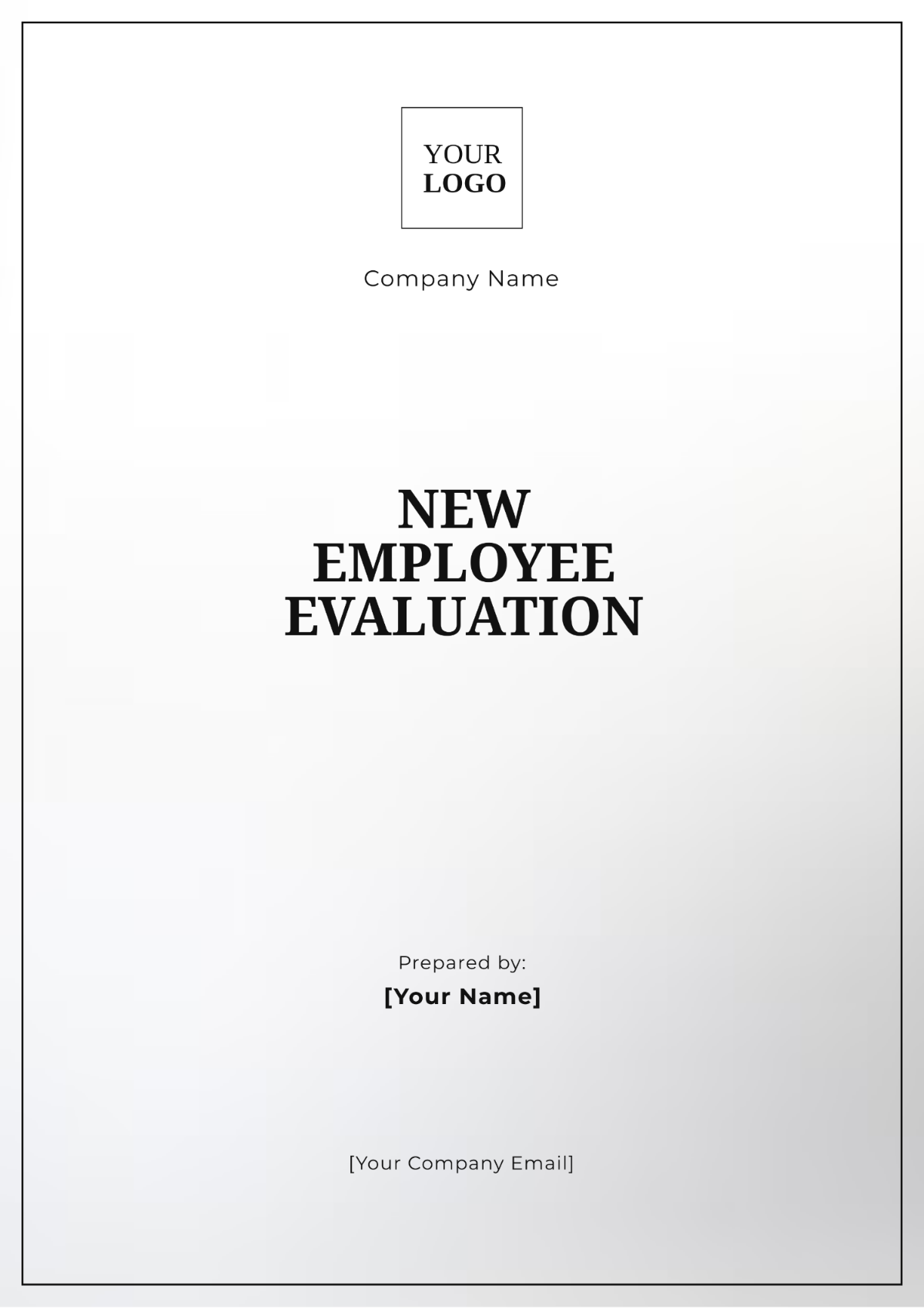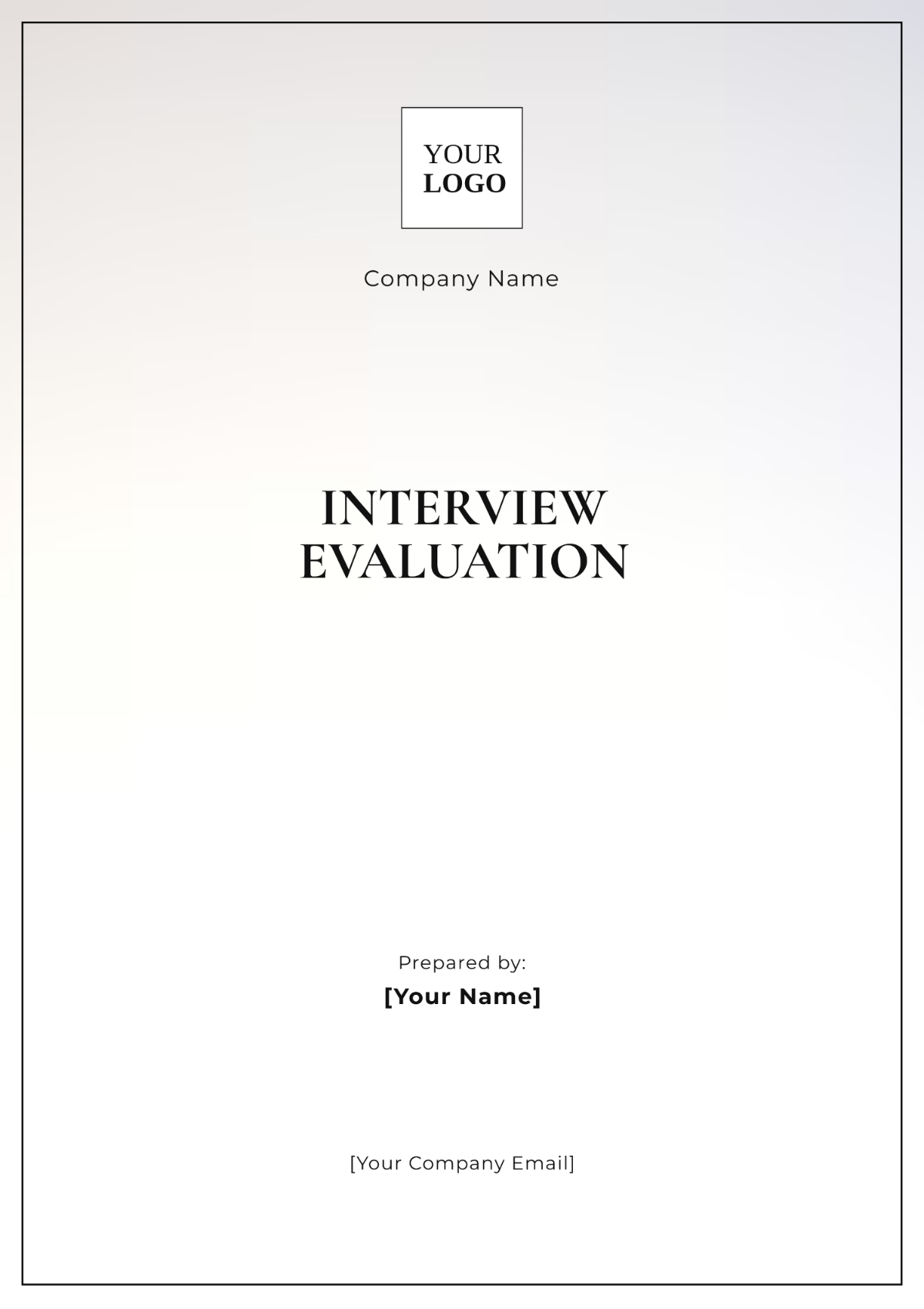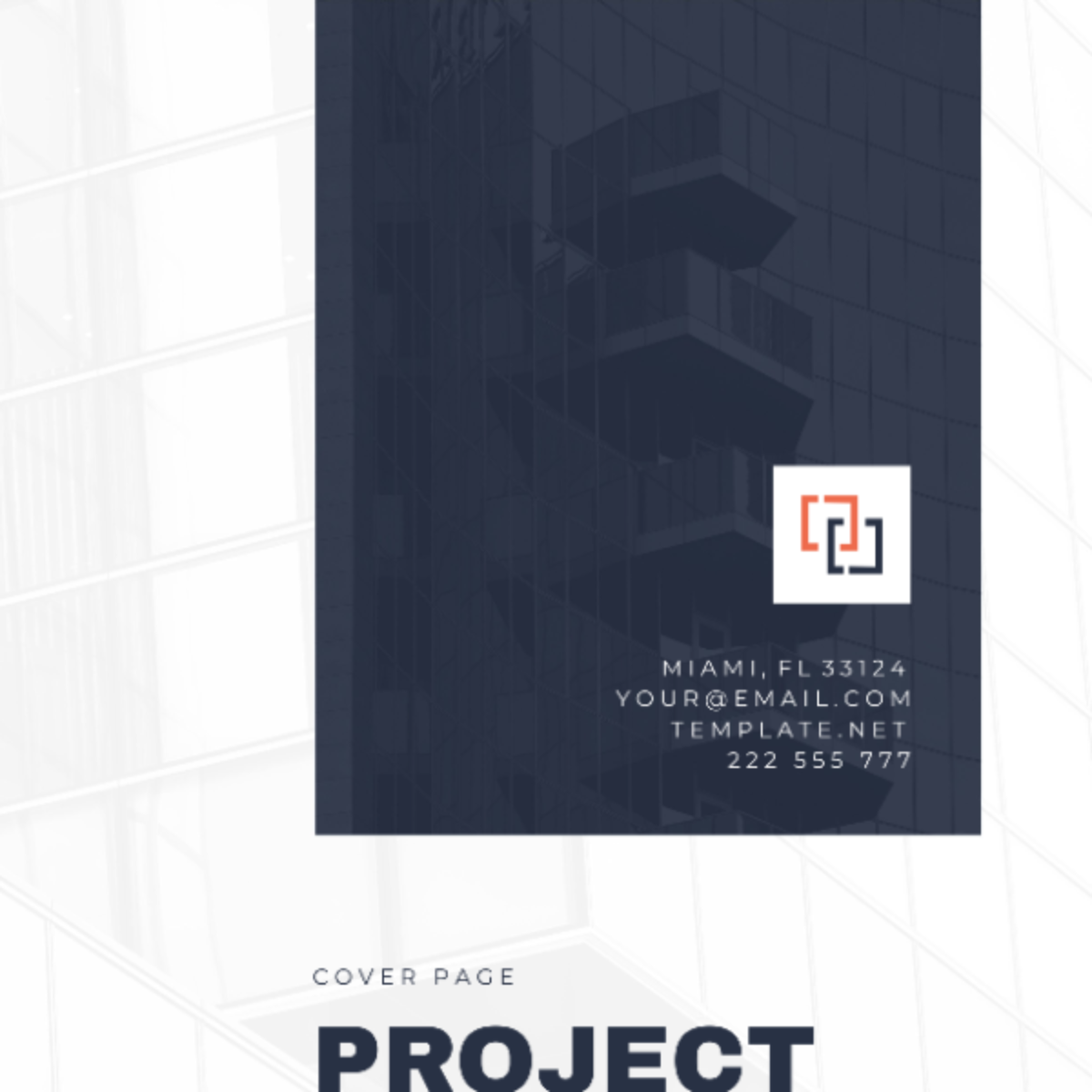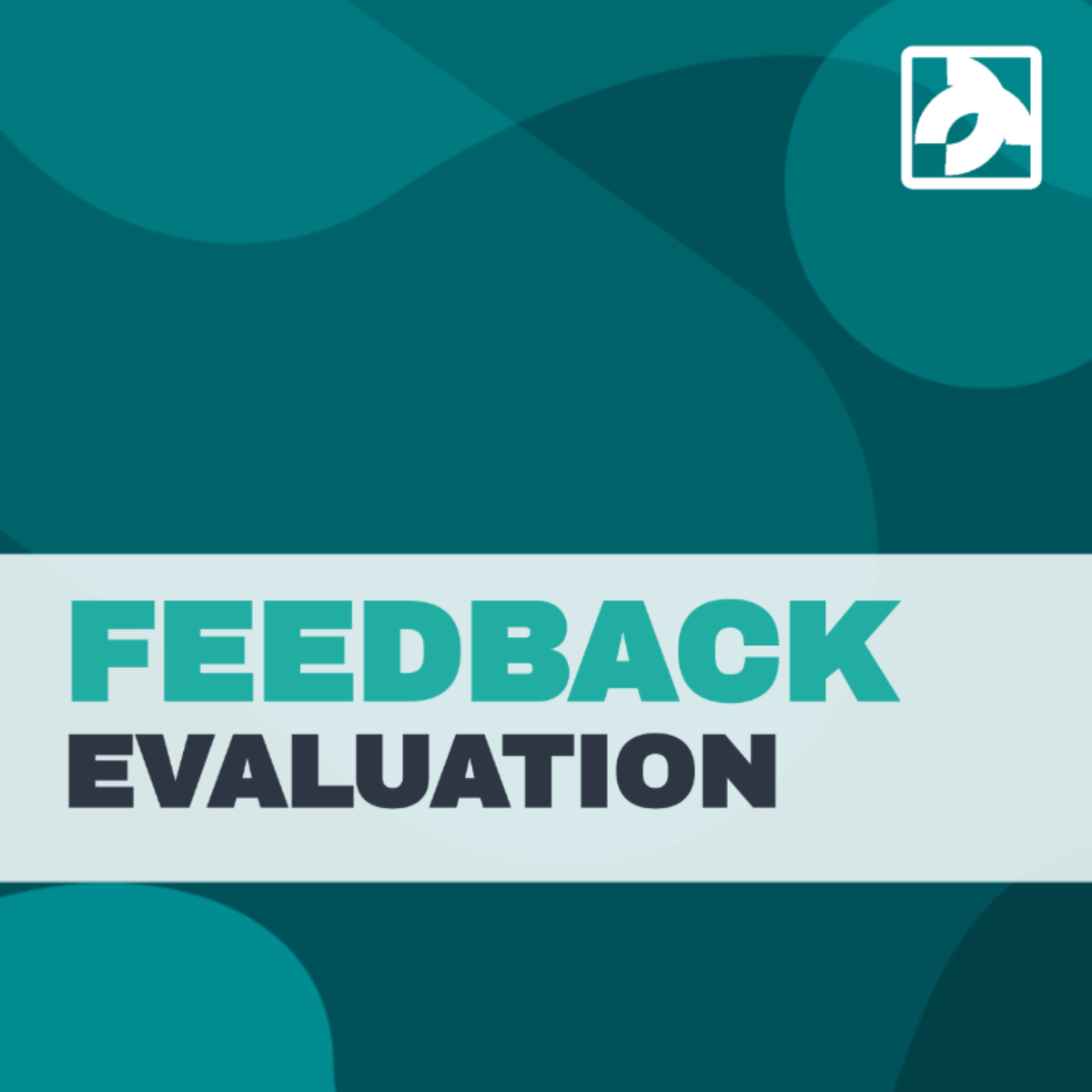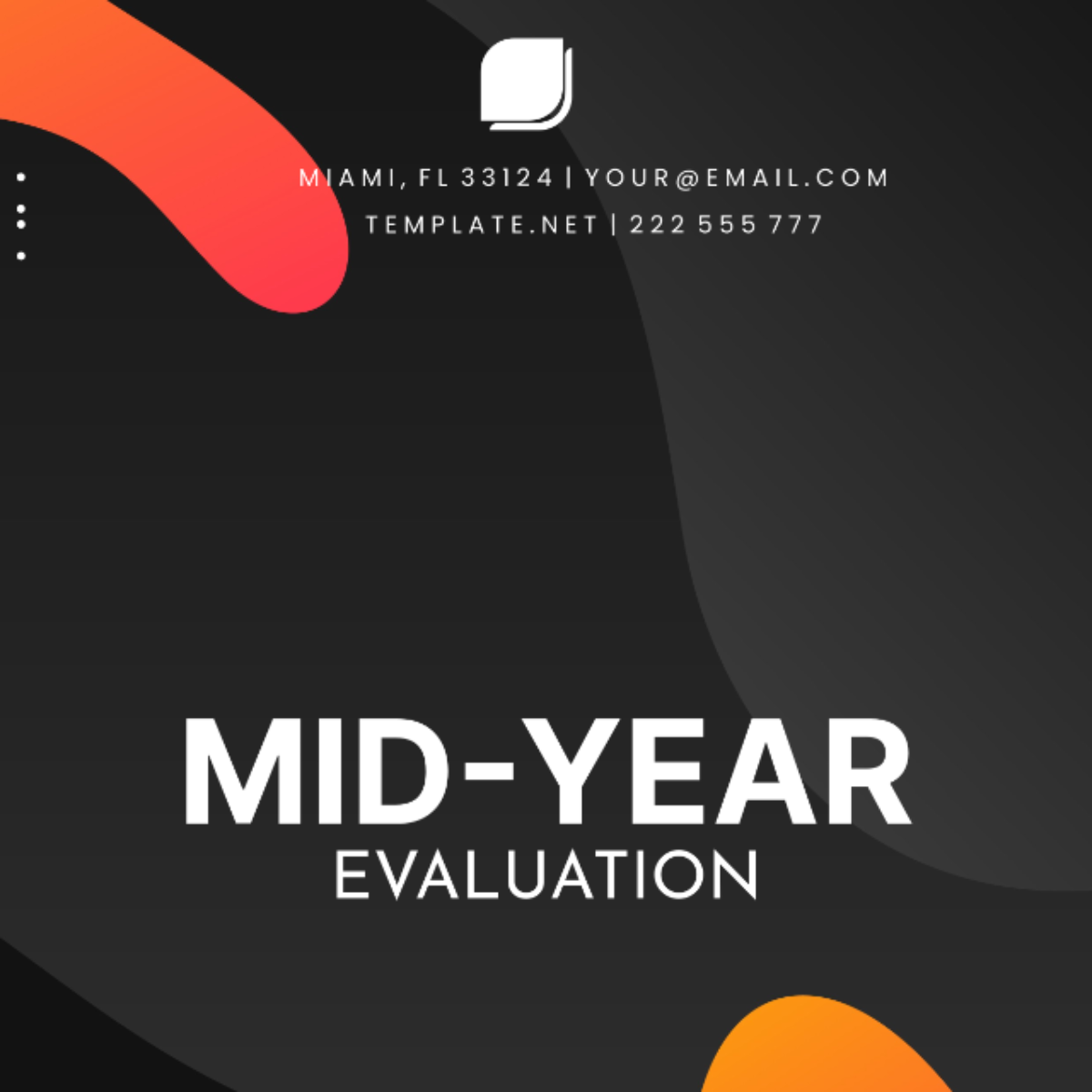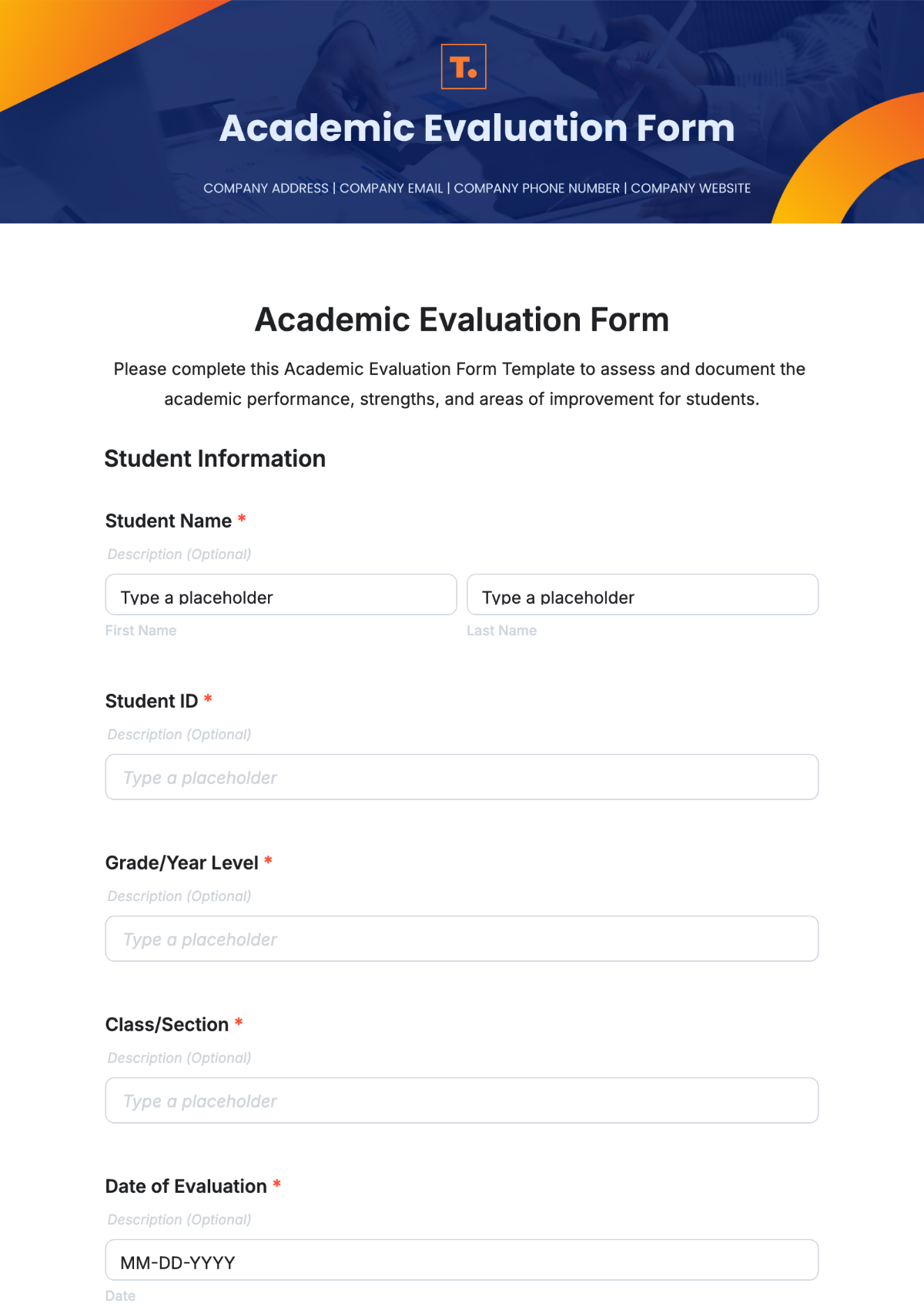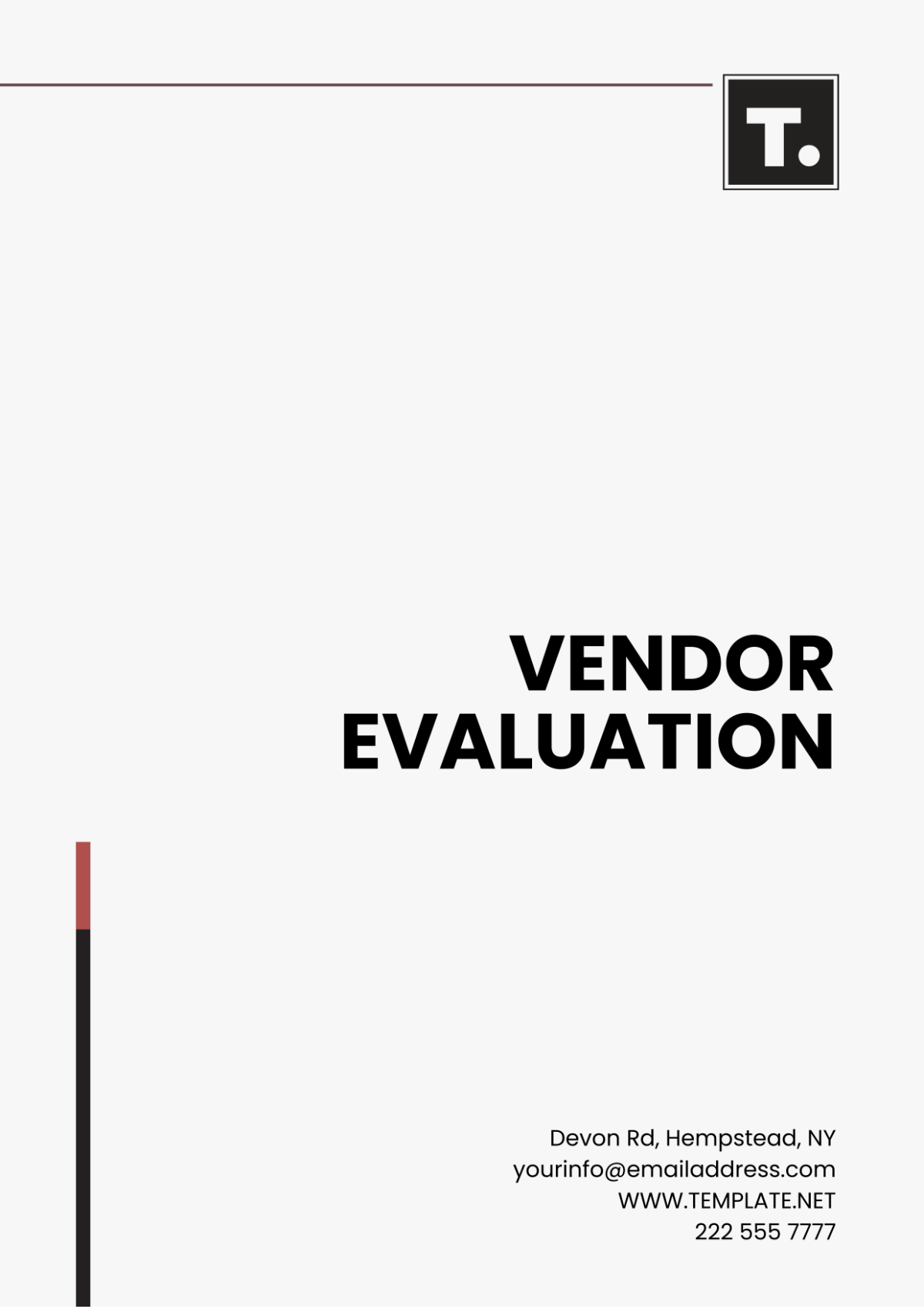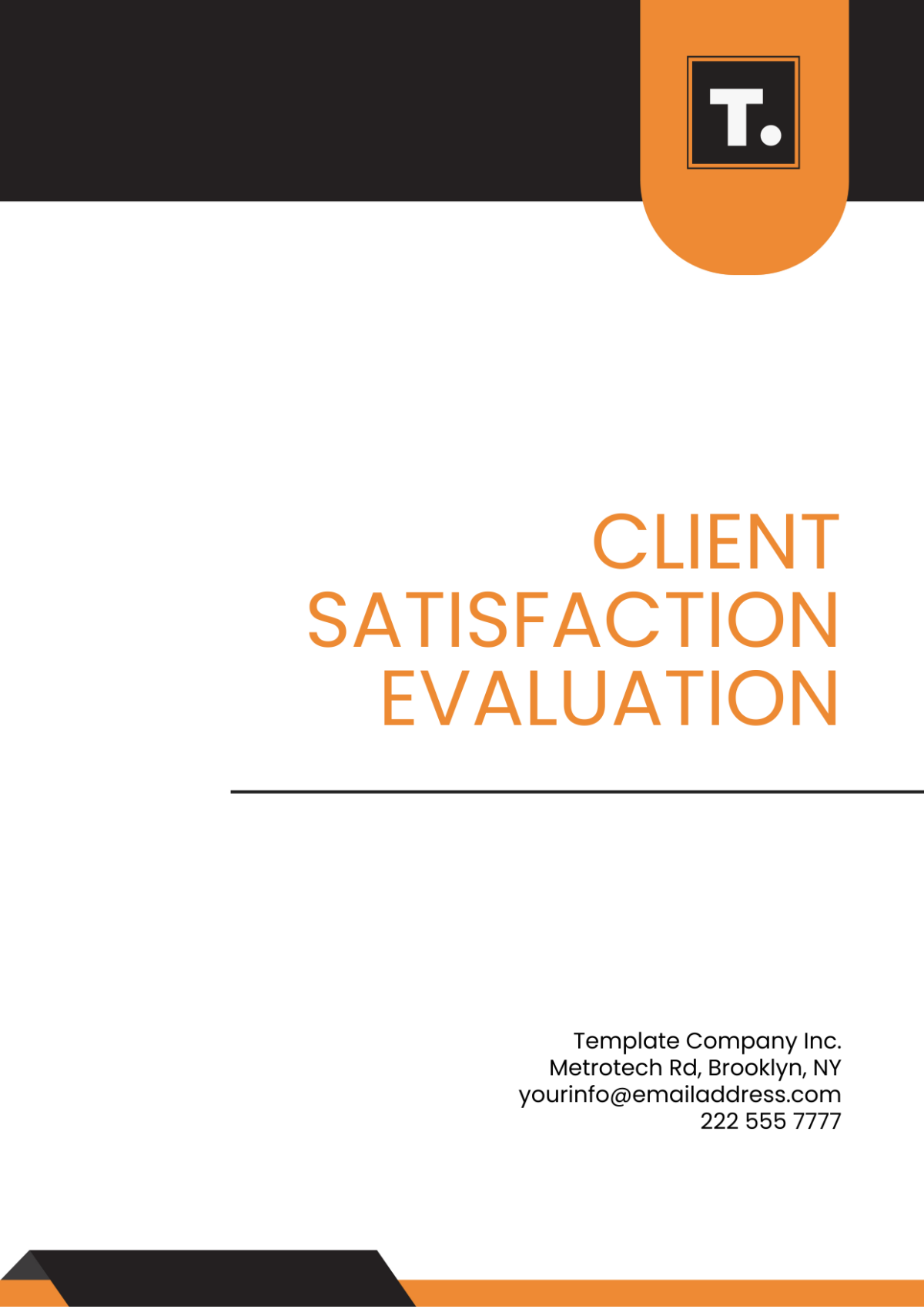Administration Risk Management Evaluation
I. Overview:
The Administration Risk Management Evaluation Template is designed to provide a structured framework for organizations to assess and manage risks within their administrative functions effectively. This evaluation aims to ensure that administrative processes are conducted with due diligence, minimizing the likelihood of disruptions, errors, and compliance issues. By systematically identifying, analyzing, and mitigating risks, organizations can safeguard their administrative operations and enhance overall performance.
II. Evaluation Criteria:
A. Risk Identification:
Process Effectiveness: Evaluate the efficiency and accuracy of the process used to identify potential risks within administrative functions. Assess whether the methodology covers all relevant areas and stakeholders.
Stakeholder Involvement: Determine the extent to which key stakeholders, including administrative staff, department heads, and risk management professionals, are involved in the risk identification process.
Comprehensiveness: Evaluate the comprehensiveness of risk identification methods, including risk registers, workshops, surveys, and historical data analysis.
B. Risk Analysis:
Methodology: Examine the methods and tools employed to analyze identified risks, such as risk matrices, scenario analysis, and probability-impact assessments.
Prioritization Criteria: Assess the criteria used to prioritize risks based on their severity, likelihood, and potential impact on administrative operations.
Actionable Insights: Evaluate the effectiveness of risk analysis techniques in providing actionable insights for risk mitigation and decision-making.
C. Risk Mitigation Strategies:
Strategy Alignment: Review the alignment of mitigation strategies with organizational objectives, regulatory requirements, and best practices.
Resource Allocation: Assess the adequacy of resources, including financial, human, and technological, allocated for implementing risk mitigation measures.
Effectiveness: Evaluate the effectiveness of implemented controls and measures in reducing the likelihood and impact of identified risks.
D. Monitoring and Review:
Procedures: Examine the procedures for ongoing monitoring of identified risks, including frequency, methods, and responsible parties.
Review Frequency: Evaluate the frequency and effectiveness of risk reviews and updates to the risk management plan in response to changing circumstances.
Responsiveness: Assess the organization's responsiveness to emerging risks and changes in the business environment, including the timely adjustment of risk mitigation strategies.
E. Documentation and Reporting:
Documentation Quality: Review the quality and completeness of documentation related to risk management activities, including risk registers, reports, and meeting minutes.
Clarity and Accuracy: Evaluate the clarity, accuracy, and relevance of risk reports provided to stakeholders, ensuring they facilitate informed decision-making.
Accessibility: Assess the accessibility and usability of risk management documentation for stakeholders, including ease of retrieval and comprehensibility.
F. Integration with Overall Risk Management Framework:
Framework Alignment: Assess the integration of administrative risk management processes with the organization's overall risk management framework, policies, and procedures.
Consistency: Evaluate the consistency of risk management practices across different departments, business units, or geographical locations.
Strategic Alignment: Determine the extent to which administrative risks are considered in strategic decision-making processes and long-term planning.
III. Evaluation Methodology:
The evaluation will be conducted through a combination of document reviews, interviews with key stakeholders, and observations of administrative processes. A scoring system will be used to assess the performance of each criterion, with higher scores indicating better alignment with best practices and organizational objectives.
IV. Evaluation Results:
Upon the thorough completion of the Administration Risk Management Evaluation, the following outcomes have been identified, offering insights into the administrative risk management practices within the organization:
Strengths:
Robust Risk Identification Process: The organization demonstrates a strong commitment to identifying potential risks within administrative functions. The utilization of various methods, including risk registers and workshops, ensures a comprehensive approach to risk identification.
Stakeholder Engagement: Key stakeholders, including administrative staff and department heads, actively participate in the risk identification process. Their involvement contributes to a holistic understanding of potential risks and enhances the accuracy of risk assessments.
Alignment with Objectives: Risk mitigation strategies are well-aligned with organizational objectives and regulatory requirements. This alignment ensures that administrative operations are conducted in compliance with relevant standards and guidelines.
Areas for Improvement:
Enhanced Risk Analysis Techniques: While the organization employs various risk analysis methods, there is room for improvement in enhancing the sophistication of analysis techniques. Implementing advanced methodologies, such as scenario analysis and Monte Carlo simulation, can provide deeper insights into the likelihood and impact of identified risks.
Resource Allocation: There is a need to reassess resource allocation for implementing risk mitigation measures. Allocating additional resources, particularly in terms of training and technology, can strengthen the effectiveness of mitigation strategies and improve overall risk management outcomes.
Documentation Accessibility: The accessibility of risk management documentation can be enhanced to facilitate easier retrieval and comprehensibility for stakeholders. Implementing a centralized repository or knowledge management system can streamline access to critical information and promote transparency in risk management processes.
Actionable Recommendations:
Invest in Advanced Risk Analysis Tools: Consider investing in advanced risk analysis tools and software to enhance the sophistication of risk assessments. Providing training and support to staff members on utilizing these tools can maximize their effectiveness in identifying and analyzing risks.
Review Resource Allocation: Conduct a thorough review of resource allocation for risk management activities. Ensure that sufficient resources are allocated to support the implementation of risk mitigation measures and address emerging risks effectively.
Implement a Centralized Documentation System: Implement a centralized documentation system or knowledge management platform to improve the accessibility and usability of risk management documentation. This system should facilitate easy retrieval, sharing, and updating of critical information related to administrative risk management.
